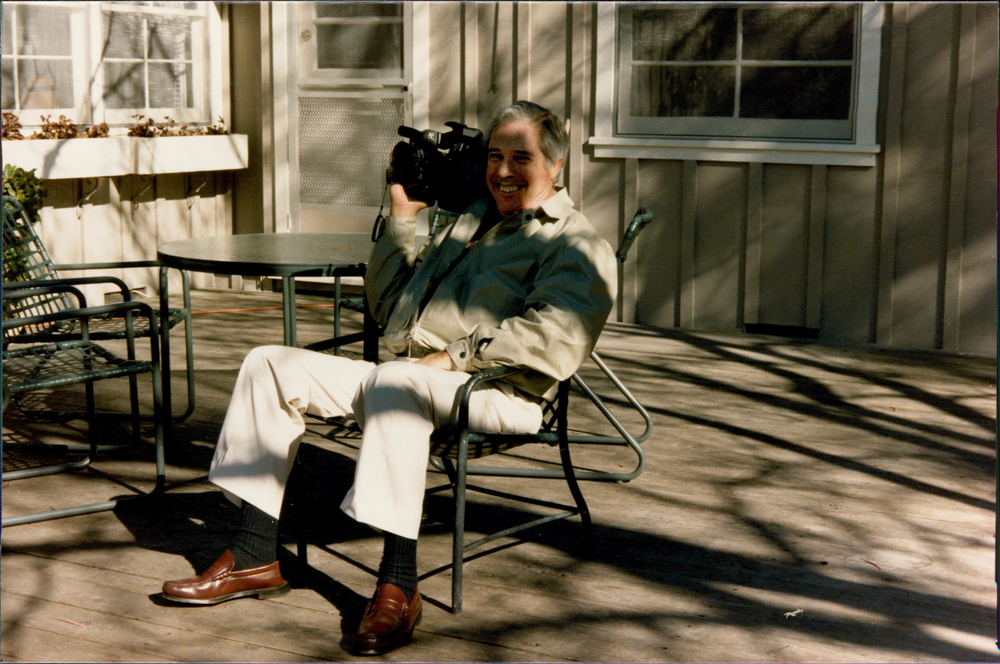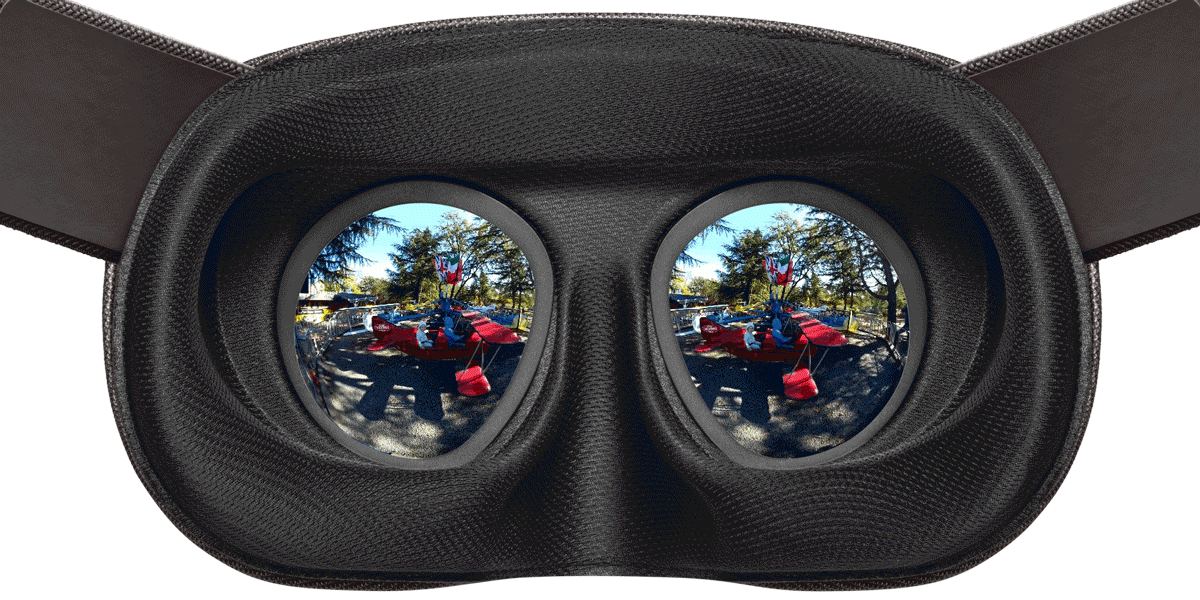When I was growing up, my dad and even my grandfather always had camcorders stuck to their shoulders. They were our family documentarians, and were always the first to try a new gadget or gizmo if it would help us remember the places we went and the special times we shared. Decades later, I’m so grateful, and I treasure the memories they captured on Betamax and film.

We care about photos and videos because they connect us with important moments, special trips, and time together with the people who matter most to us. They’re abstract representations that help us remember—little visual gifts to our future selves. That being said, for most of the 20th century, photos and videos were the best you could do. They’re better than nothing, but so far from the real thing.

But as the technology used to capture these moments has improved, the fidelity has also increased. From primitive pinhole cameras, to black and white film cameras, to color, to video, there’s been a continuous upward trajectory of resolution and quality. Today's high-end VR cameras are a big leap forward. Through immersive, stereoscopic footage, they do something more compelling than refreshing your memory—they make you feel like you're there. And the closer cameras get to capturing the moment just the way we experienced it, the closer we get to creating time machines for ourselves.
Though Google started by making VR cameras for filmmakers and professional creators a few years ago, our team has always aimed to help people capture their personal memories in VR. But in order to make this tech accessible to everyone, we had to rethink the camera itself. There are 360 cameras in the market today, but they present some challenges—they can be costly, confusing to use (where do you point it?), and the photographer always ends up in the frame. So, we focused on the pixels that matter (the ones in front of you!) with a new format we're calling VR180. And we started designing high-quality, pocket-sized cameras that anyone could use to capture VR180 experiences with just a click of a button. The first VR180 cameras will hit shelves throughout this year, just in time for you to start hitting “record” on your own memories in 2018.
I've been using the VR180 prototypes for a while now, in places like my living room or on trips to the beach. It’s easy to share the captures with my family and friends. They can look at them on their phones, or use a viewer like Cardboard or Daydream View to step into the moment as if they were there. It’s amazing that I can film my sons jumping on the trampoline, or having a quiet breakfast, or being back where I was many years ago, on a ride at a carnival—and not only share those moments with family far away, but also relive them myself, in a way that makes me feel like I’m right back in each moment.

That’s why these VR180 cameras are so special. They do your memories justice, by enabling you to capture life the way you see it—with two eyes. When I’ve shown my family these recordings, they look into the headset, and smile. They say things like, “This is amazing!” and, when they take the headset off: “I only wish we had these cameras sooner.”
I couldn’t agree more.